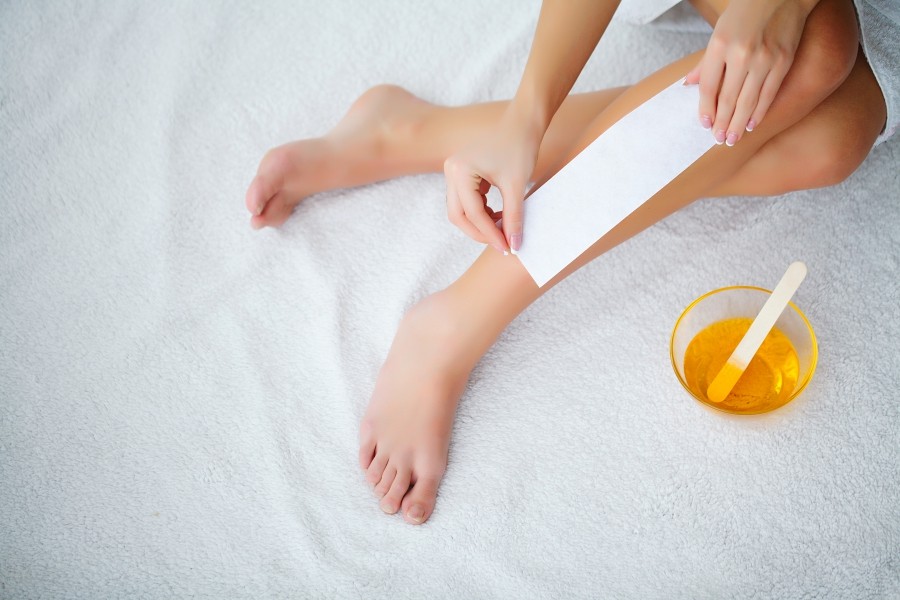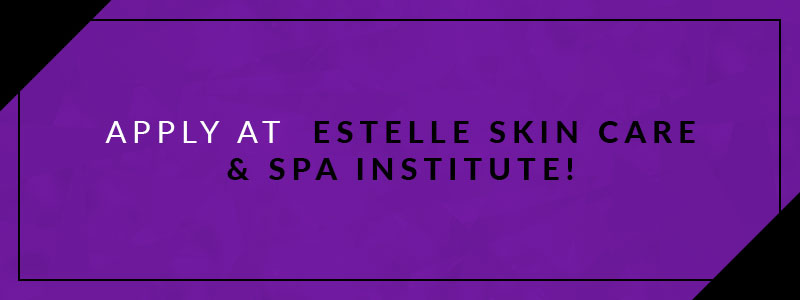
Welcome back to our three-part series on hair removal. In part I, we discussed surface hair removal methods, including shaving and depilatory creams. In part II, we will explore root hair removal methods, which, while generally more painful than surface hair removal, offer longer-lasting results. Read on to learn more and apply to our Chicagoland esthetician school today to begin your career in this exciting industry!
Root Hair Removal Methods
Also known as epilation, root hair removal works by removing hairs by the root of the follicle, rather than the skin. Root hair removal produces longer lasting results than depilation, potentially saving you money and time. In addition, repeated epilation can cause enough damage to the follicle to stop it from producing hair altogether.
Plucking
Sometimes referred to as tweezing, plucking involves the removal of hairs by mechanically pulling them from the body with the use of tweezers. When done correctly, plucking removes the entire hair from the follicle, keeping the targeted area hair-free for up to six weeks. While plucking can be uncomfortable, you can potentially reduce the pain by holding skin taut while tweezing, tweezing after a warm shower, or using an over-the-counter numbing cream.
| Plucking | |
| Pros |
|
| Cons |
|
Waxing
One of the most important treatments for any esthetics student to understand is waxing. Waxing involves applying a layer of hot or cold wax to the targeted area and then adhering a porous cloth or strip. The strip is then quickly ripped against the direction of hair growth, removing unwanted hairs from the follicle. New hair will generally not grow back for four to six weeks, although this can vary person-by-person.
| Waxing | |
| Pros |
|
| Cons |
|
Threading
Known as band in Persian, threading is a hair removal method originating in Iran, India, Central Asia, and China. Recently, it has gained popularity in the West, especially for shaping eyebrows.
In threading, a thin thread is doubled then twisted to catch hair as it rolls across the skin. This provides very precise control in shaping eyebrows, allowing for better definition. It can also be used on the entire face, especially the upper lip.
| Threading | |
| Pros |
|
| Cons |
|
Sugaring
Sugaring is another hair removal method that originated in the Middle East. Known as moum in Iran, sugaring has been used since 1900 BC. Often compared to standard waxing, it involves adhering a sugar paste to skin, covering it with a strip of porous cloth or paper, and then quickly removing the strip, which takes the hairs along with it. Sugaring paste is often prepared with common household items, such as water, sugar, lemon juice, cornstarch, and molasses. Professional and retail versions are also available.
| Sugaring | |
| Pros |
|
| Cons |
|
Epilators
An epilator is a mechanical device that rapidly grasps hair and then pulls it out using tiny rotating tweezers. Epilators come in corded, rechargeable, and battery-operated designs, which can be used wet or dry. Because it involves pulling hair at the roots, epilators can be painful for those with sensitive skin, which is why some people prefer to have the area professionally waxed beforehands, then use an epilator to remove regrowth. If the pain is intolerable, an over-the-counter numbing cream may be applied.
| Epilators | |
| Pros |
|
| Cons |
|
Apply to Our Esthetics School Now!
Thinking of beginning a career in esthetics? Estelle Skin Care & Spa Institute is a nationally accredited Chicagoland esthetics school with training in everything from hair removal, to corrective esthetics, to makeup, and more! Schedule a campus tour or apply today, and keep an eye out for part III of our Guide to Hair Removal, in which we will discuss permanent hair reduction.





